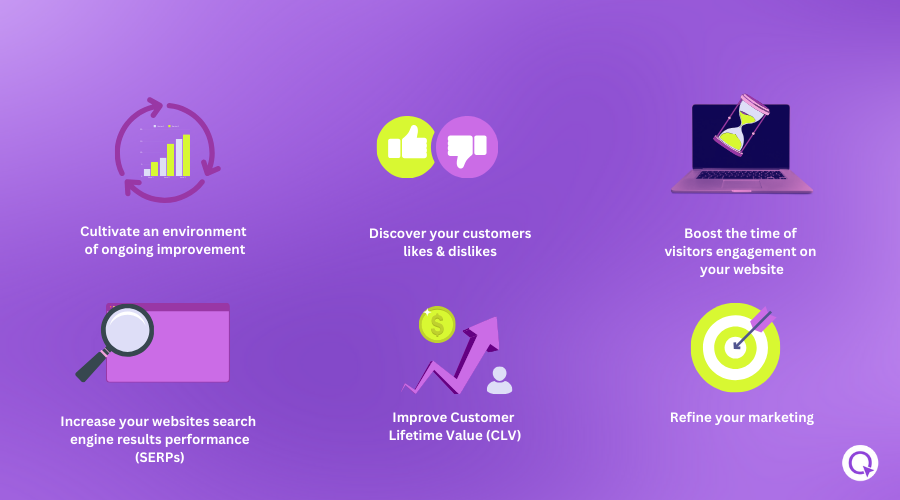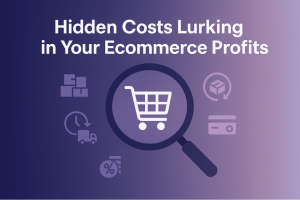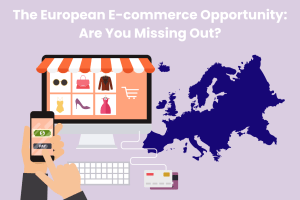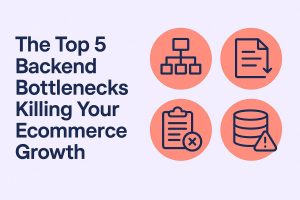In today’s highly competitive e-commerce landscape, simply having a website is not enough to ensure success. To thrive, you need to focus on converting visitors into paying customers. Maximizing conversion rates requires a strategic approach that encompasses various aspects of your e-commerce site, from product pages to checkout processes. In this blog post, we’ll explore five effective strategies to help you boost your conversion rates and drive sales.
1. Optimize Your Product Pages on your e-commerce site
Your product pages serve as the gateway to sales on your e-commerce site. To maximize conversion rates, it’s crucial to optimize them for maximum impact. Start by using high-quality images that showcase your products from different angles and provide zoom functionality for a closer look. Additionally, include detailed product descriptions that highlight key features, benefits, and use cases.
Moreover, ensure that your product pages load quickly to prevent potential customers from getting frustrated and abandoning their carts. A streamlined checkout process with clear calls-to-action (CTAs) can also significantly improve conversion rates by guiding customers through the purchasing journey seamlessly.
2. Leverage Social Proof on your e-commerce site
In today’s digital age, social proof is a powerful driver of consumer behavior. By incorporating customer reviews and testimonials on your product pages, you can build trust and credibility with potential buyers. Encourage satisfied customers to leave reviews by offering incentives or discounts on future purchases.
Moreover, you can showcase user-generated content such as customer photos and videos featuring your products. This not only adds authenticity but also provides social proof of your product’s value and quality.
Additionally, displaying trust badges, such as SSL certificates and secure payment icons, can reassure visitors about the safety and reliability of your site, further boosting conversion rates. By leveraging social proof, you can instill confidence in your brand and encourage more visitors to make a purchase.

3. Implement Personalization on your e-commerce site
Personalization is key to providing a tailored shopping experience that resonates with your customers. By leveraging data analytics to understand your customers’ preferences and behaviors, you can deliver targeted product recommendations, promotional offers, and marketing messages.
Amazon is a prime example of a company that excels in personalization. By analyzing user data and browsing history, Amazon provides personalized product recommendations that often lead to higher conversion rates. By following suit and implementing personalized experiences on your site, you can enhance the shopping experience and drive conversions.
You can take personalization a step further by implementing dynamic content based on factors such as location, past purchase behavior, and browsing history. For example, you can greet returning customers by name or recommend products related to their previous purchases.
4. Optimize for Mobile
With the increasing prevalence of smartphones and tablets, optimizing your e-commerce site for mobile devices is essential. Ensure that your website is responsive and provides a seamless shopping experience across all devices. This includes streamlining the checkout process for smaller screens and optimizing page load times for faster performance.
Mobile optimization goes beyond just having a mobile-friendly design; it also involves prioritizing mobile search engine optimization (SEO) to ensure that your site ranks well in mobile search results. By prioritizing mobile optimization, you can capture a larger share of the growing mobile e-commerce market and maximize conversion rates.
You can further enhance the mobile shopping experience by implementing features such as one-click checkout and mobile-specific promotions. By making it as easy as possible for customers to browse and purchase products on their mobile devices, you can increase conversion rates and drive sales.
5. Offer Flexible Payment Options on your e-commerce site
Providing customers with a variety of payment options can remove barriers to purchase and increase conversion rates. In addition to traditional credit and debit card payments, consider integrating alternative payment methods such as digital wallets (e.g., PayPal, Apple Pay) and buy now, pay later solutions.
By offering flexibility in payment options, you cater to the preferences of different customers and make it easier for them to complete transactions. This can result in higher conversion rates and increased customer satisfaction.
Moreover, you can experiment with offering special financing options or installment plans to make high-ticket items more affordable for customers. This can encourage hesitant buyers to make a purchase and ultimately boost your conversion rates.
Conclusion
Maximizing conversion rates on your e-commerce site requires a holistic approach that addresses various aspects of the shopping experience. By optimizing your product pages, leveraging social proof, implementing personalization, optimizing for mobile, and offering flexible payment options, you can create a seamless and compelling shopping journey for your customers.
Remember, conversion optimization is an ongoing process that requires testing, analysis, and iteration. By continually refining your strategies and staying attuned to your customers’ needs, you can drive conversions, increase sales, and ultimately grow your business in the competitive e-commerce landscape.
With these strategies in place, you can position your e-commerce site for success and attract more customers while maximizing your conversion rates.




